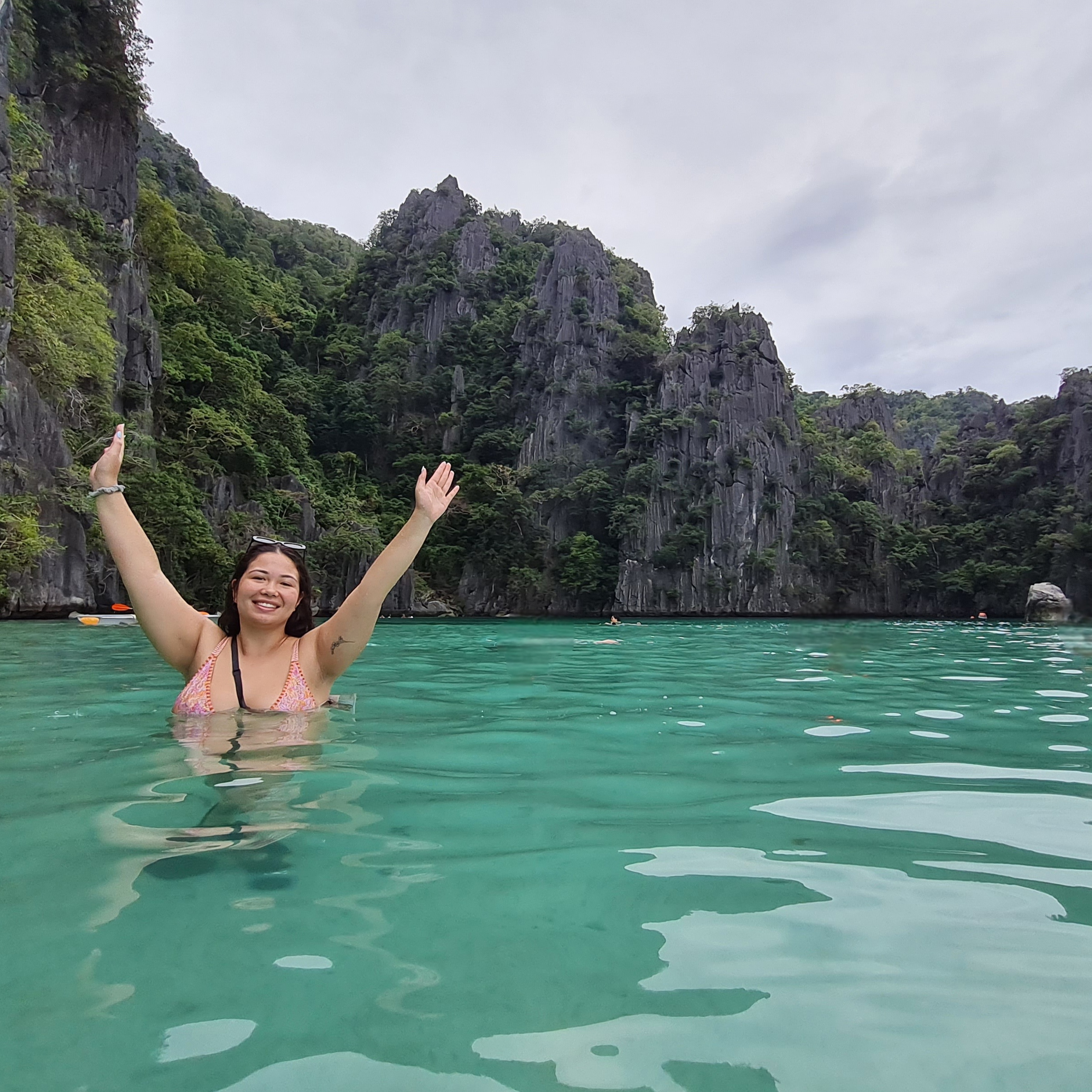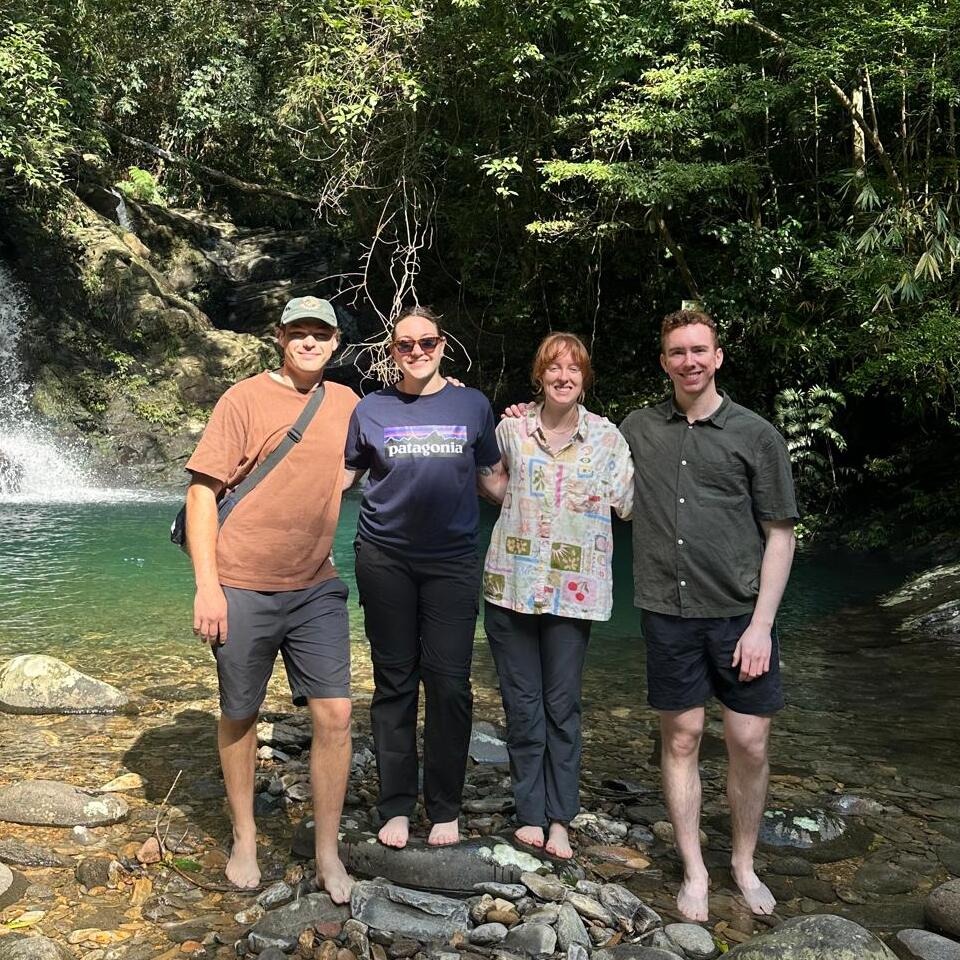University of New South Wales 2020
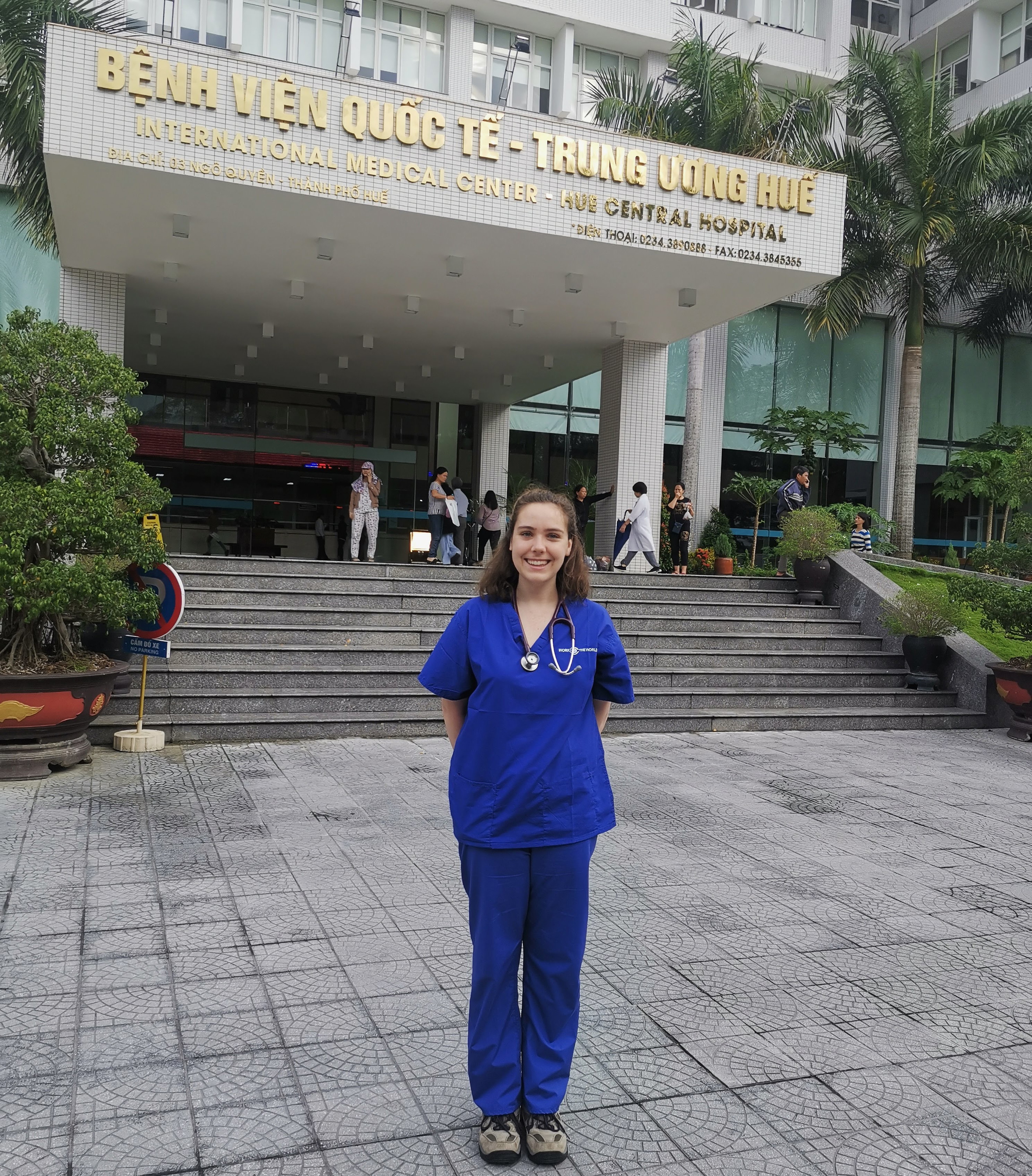 I chose Vietnam due to its unique culture and for the challenge of immersing myself in a non-English speaking country. I wanted to learn more about healthcare provision in a developing country.
I chose Vietnam due to its unique culture and for the challenge of immersing myself in a non-English speaking country. I wanted to learn more about healthcare provision in a developing country.
Throughout my placement, I felt part of the medical teams and was readily included in ward rounds, patient discussions and care plans.
The staff were enthusiastic about having a foreign medical student and I had clinical days that spanned across general medicine, emergency, traditional medicine, stroke and interventional neurology.
For every one patient, there were multiple family members at the bedside
The differences between the Australian and Vietnamese healthcare systems were very apparent.
For example, there were so many people everywhere in the Vietnamese hospitals. For every one patient, there were multiple family members at the bedside who were tasked with the personal care duties of a patient, including showering, toileting and feeding.
 It was also not uncommon to see a 4-bed wardroom with eight patients inside, having had their beds added to the floor space, due to the sheer number of patients that needed to be accommodated.
It was also not uncommon to see a 4-bed wardroom with eight patients inside, having had their beds added to the floor space, due to the sheer number of patients that needed to be accommodated.
I found that infection control with isolation was not a priority as they did not have the room, equipment was often re-used, and handwashing was limited, further adding to the infection risk.
I also commonly saw pathology that varied greatly from what I would normally see in my hometown hospital in Sydney.
On my first day, the first room I walked into I saw a pregnant lady with tuberculosis and a 94-year-old gentleman with a huge abdominal aortic aneurysm, not to mention the hordes of patients with dengue fever (on which I now consider myself an expert, after the team had me do a very funny presentation to the department).
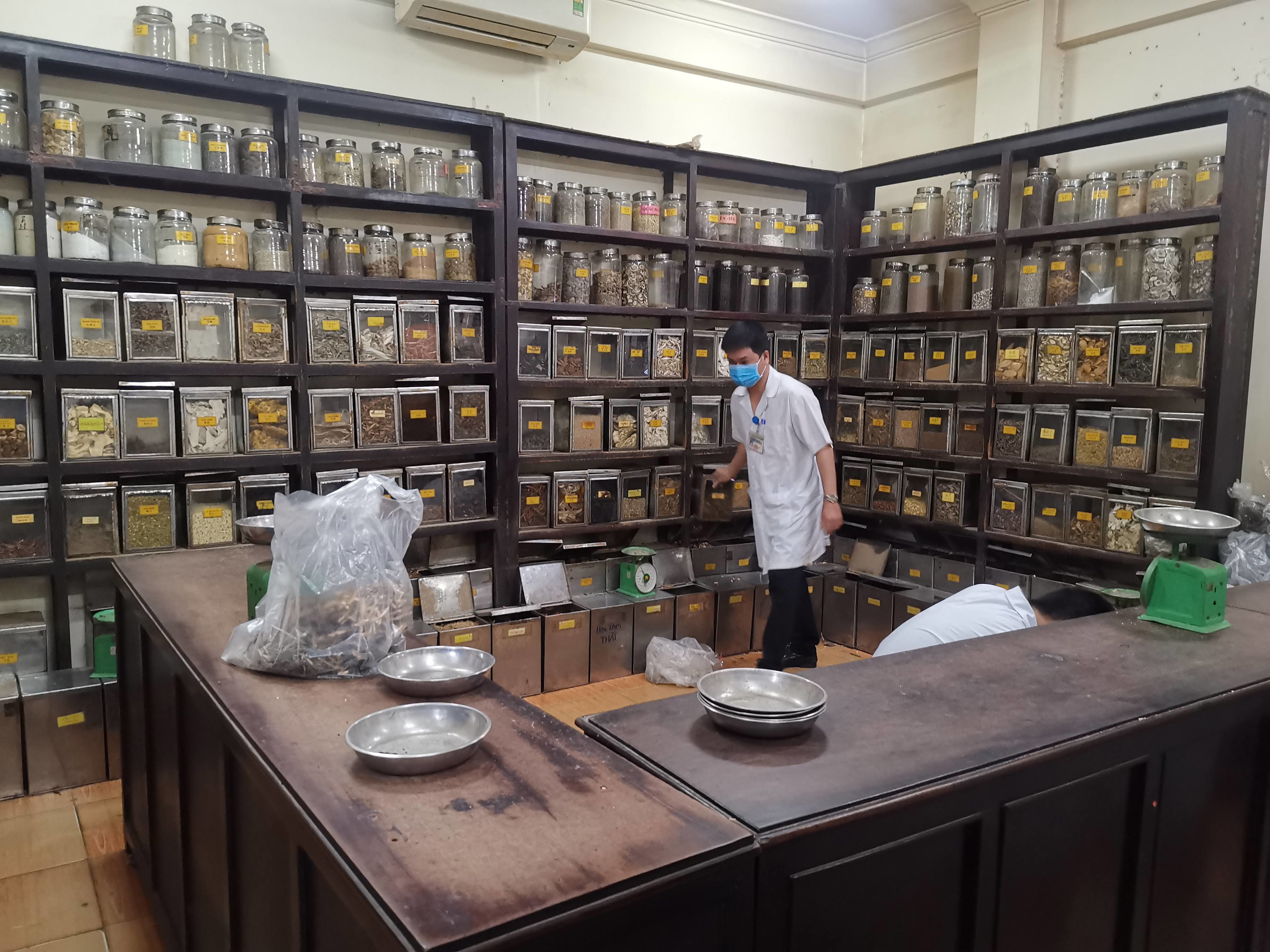
In an under-resourced clinical environment, I learnt a lot about using resources judiciously and creatively solving clinical problems without the tests, medications or staff numbers we have available to us back home.
For example, in the emergency department, even something as seemingly simple as our 12-lead ECG machines using ‘sticky dots’ was unavailable. Instead, re-usable suction-cup ECG machines operated by the medical students were used.
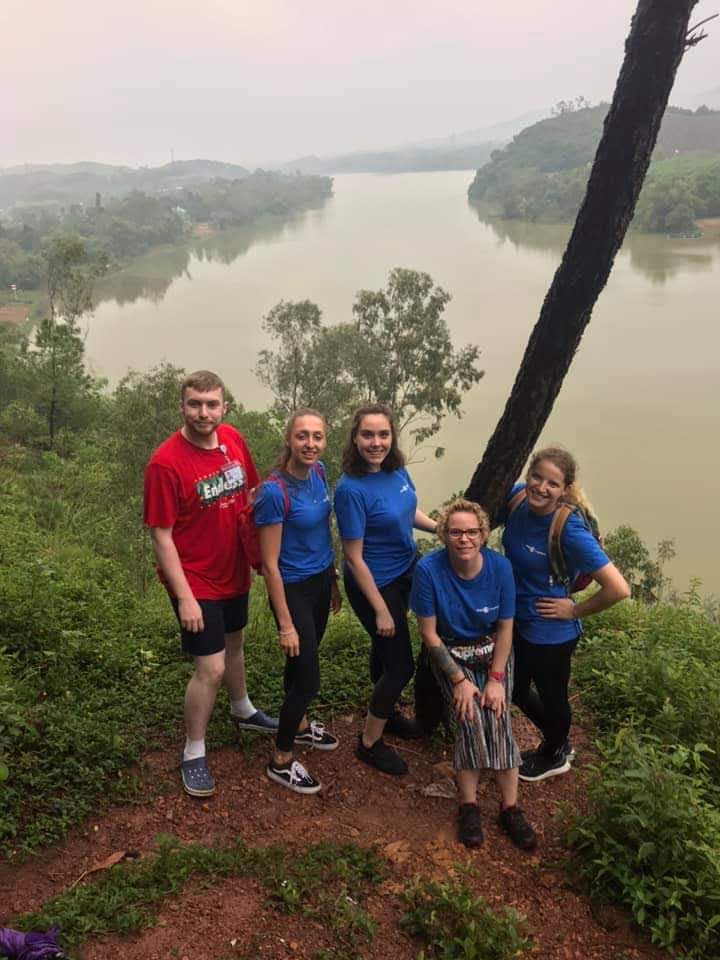 In the evenings, I made the most of being in the Work the World house by relaxing next to the beautiful outdoor pool and by attending language lessons, cooking lessons and the amazing Thursday night BBQs.
In the evenings, I made the most of being in the Work the World house by relaxing next to the beautiful outdoor pool and by attending language lessons, cooking lessons and the amazing Thursday night BBQs.
Our nightly dinners of local cuisine were a great way to catch up with the other students in the house and debrief on our days’ experiences.
And, on the weekends, I explored Central Vietnam with these students, visiting the beautiful lanterns of Hoi-An, the beach glam of Da Nang, the surreal heights of Ba Na Hills (Vietnam’s Disney world) and the lagoons of Bach Ma National Park (where I spent my 24th birthday).
Work the World facilitated one of the best months of my life.
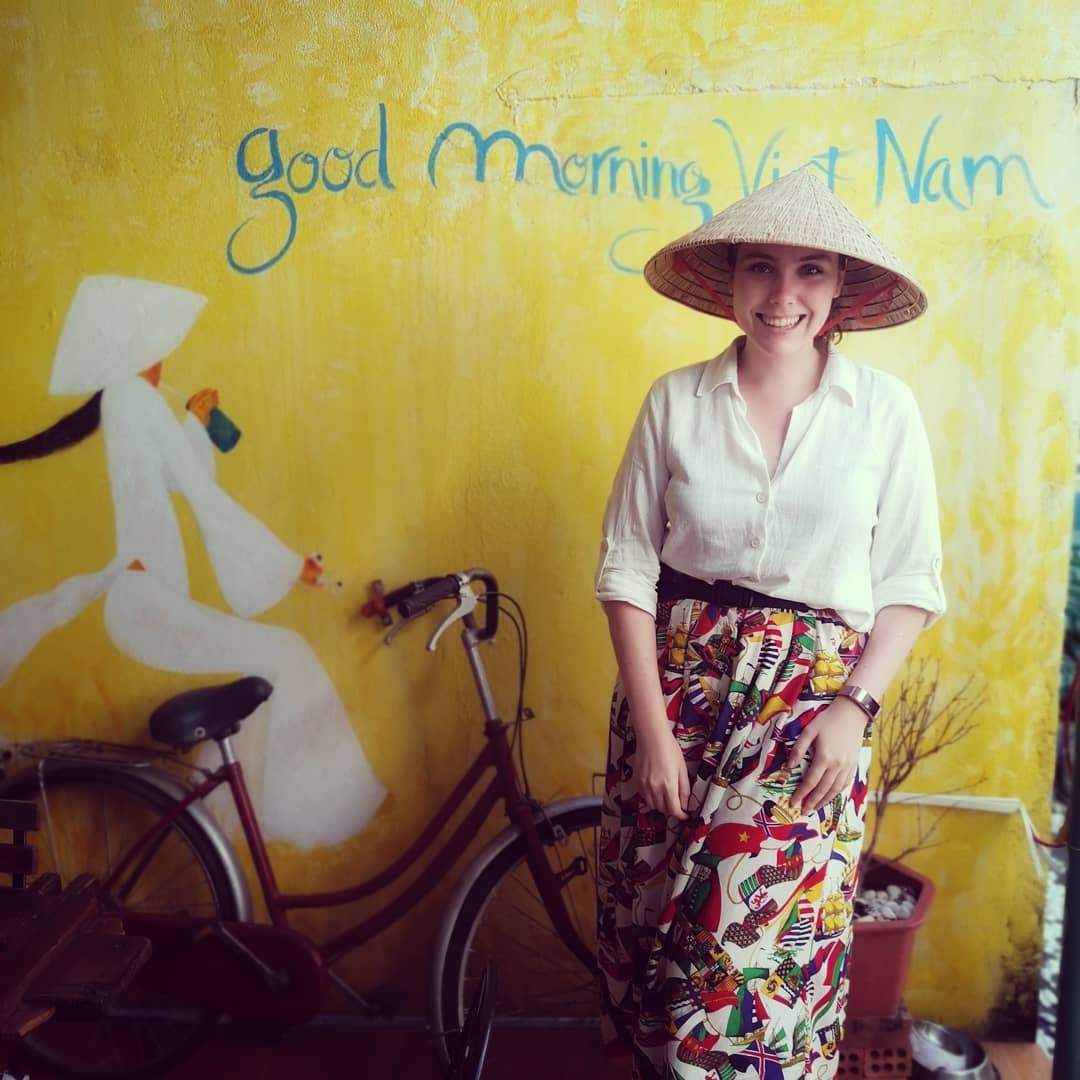 I travelled to Vietnam on my own and left with lifelong friends from the house (whom I have since caught up with in Europe).
I travelled to Vietnam on my own and left with lifelong friends from the house (whom I have since caught up with in Europe).
Vietnam is a stunning country, chaotic at times but full of life and I will never forget it.
My advice to other students would be to say yes to every opportunity that comes along, learning and using a little basic Vietnamese will go a long way in the hospital, and never forget your mosquito-repellent!

